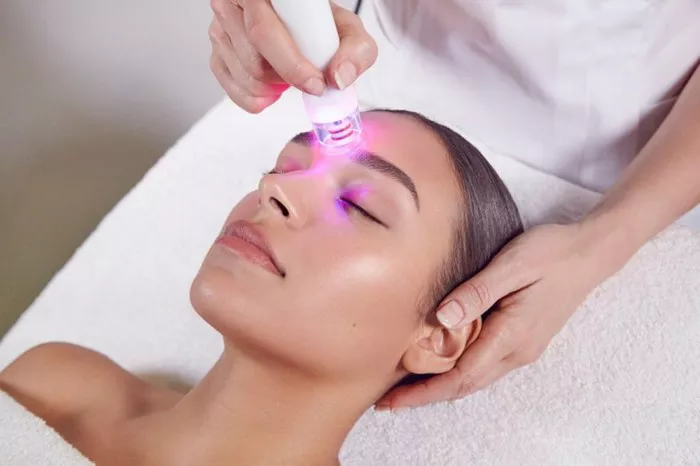As we age, the appearance of wrinkles and fine lines is an inevitable part of the natural aging process. While these signs of aging are a testament to a life well-lived, many individuals seek ways to reduce their visibility and restore a more youthful complexion. One of the most effective methods for addressing wrinkles is through laser treatments. However, with a variety of laser options available, it can be challenging to determine which laser is best suited for wrinkle reduction. In this comprehensive guide, we will explore the different types of lasers used for wrinkle treatment, their mechanisms of action, and the factors to consider when choosing the best laser for your specific needs.
Understanding Wrinkles
Before delving into laser treatments for wrinkles, it is essential to understand what causes wrinkles in the first place. Wrinkles primarily result from a combination of factors, including:
Age: As we age, our skin naturally loses collagen and elastin, proteins responsible for maintaining skin elasticity and firmness.
Sun Exposure: Prolonged and unprotected sun exposure can accelerate the breakdown of collagen and elastin fibers, leading to premature aging and wrinkles.
Smoking: Smoking damages the skin’s blood vessels and reduces blood flow, contributing to the development of wrinkles.
Genetics: Genetic predisposition can influence how quickly and severely wrinkles appear.
Repetitive Facial Expressions: Repeated muscle contractions, such as frowning or squinting, can cause dynamic wrinkles over time.
Types of Lasers for Wrinkle Treatment
There are various types of lasers available for wrinkle treatment, each with its unique properties and mechanisms of action. Some of the most commonly used lasers for wrinkle reduction include:
Fractional CO2 Laser: Fractional CO2 lasers use focused beams of light to remove layers of damaged skin tissue. This stimulates collagen production, improving skin texture and reducing the appearance of wrinkles.
Erbium YAG Laser: Erbium YAG lasers are effective for treating fine lines and wrinkles. They remove the outermost layer of skin, prompting the body to produce new, smoother skin.
Non-Ablative Lasers: Non-ablative lasers, such as fractional non-ablative lasers and Nd:YAG lasers, work by heating the deeper layers of skin without damaging the surface. This stimulates collagen production and tightens the skin.
Alexandrite Laser: Alexandrite lasers are often used to target pigmented wrinkles and sunspots. They emit a specific wavelength of light that is absorbed by melanin, breaking down pigmentation and improving skin tone.
Intense Pulsed Light (IPL): IPL is not a laser, but it is often used for wrinkle reduction. It emits multiple wavelengths of light to target various skin issues, including redness, pigmentation, and fine lines.
Choosing the Right Laser for Your Wrinkles
Selecting the best laser for wrinkle reduction depends on several factors, including your skin type, the severity of your wrinkles, and your overall skin health. Here are some considerations to help you make an informed decision:
Skin Type: Different lasers may be more suitable for certain skin types. For example, individuals with fair skin may respond better to some lasers than those with darker skin tones. Consult with a dermatologist to determine your skin type and the most appropriate laser for you.
Wrinkle Severity: The depth and severity of your wrinkles play a crucial role in laser selection. Deep wrinkles may require more aggressive treatments like fractional CO2 lasers, while fine lines may respond well to non-ablative lasers.
Downtime: Some laser treatments require more downtime than others. Consider how much time you can afford to spend recovering from the procedure before scheduling it.
Pain Tolerance: Laser treatments can be uncomfortable, and some lasers are more painful than others. Discuss pain management options with your provider.
Budget: The cost of laser treatments can vary widely. It’s essential to discuss pricing and potential insurance coverage with your provider beforehand.
Conclusion
Laser treatments offer a highly effective way to reduce the appearance of wrinkles and rejuvenate the skin. The choice of the best laser for wrinkle reduction depends on your unique needs and circumstances. Consulting with a qualified dermatologist or skincare specialist is the first step toward achieving smoother, more youthful-looking skin. Remember that laser treatments should always be performed by trained professionals to ensure safety and optimal results.


